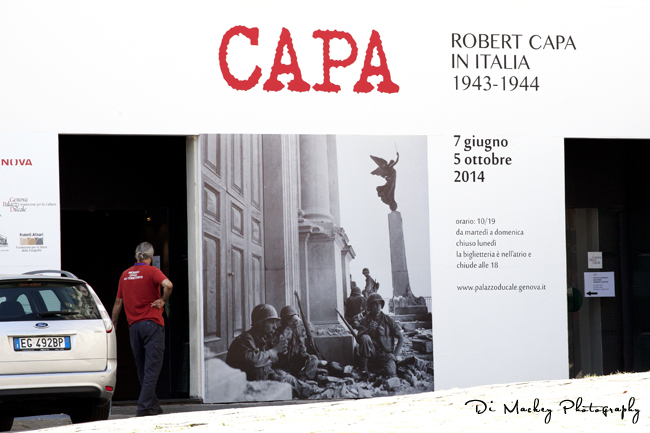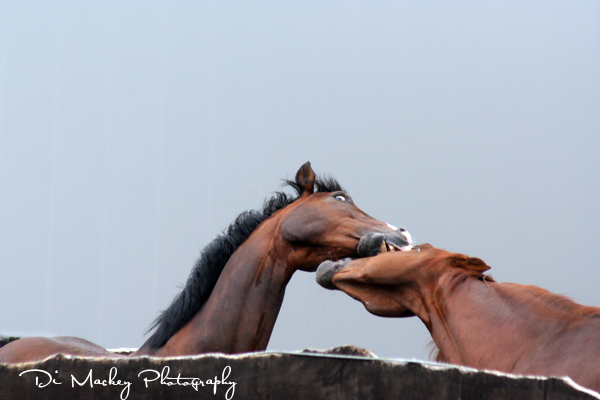One of the crazy beautiful things about my life is that I get offered the opportunity to photograph some truly interesting people and events.
One of the crazy-making facts of this life as a photographer, I’m usually offered the opportunity to donate my services for free ...
I was recently contacted about the possibility of heading off to a world forum as photographer. They made it immediately clear that they were a charity, they had no money but there was the possibility the media outlets might want photographs. I could probably pick up some loose change there. I was left wondering how the caterers got their money ... tips?
The gig interested me, intensely actually, and the guy I was talking to was lovely however at some point sanity kicked in and I realised that it was same old same old.
I would attend two or three days of events, take a few hundred photographs because I love that kind of photography. it was possible that some of those photographs would be urgently required for press releases, as is so often the case. I would travel too and from the venue each day. This was to be at my own expense, until I mentioned it would cost me money to work for the charity. Not to mention that fact that I would spend a number of days sorting, selecting, processing and packaging my images so that everyone involved had the option of their memory of those days, proof of their professional abilities.
I thought, No ... not again.
The organisers will be paid. The cleaners will be paid. The caterers too, I imagine. The office staff, the media people, the owners of the venue. Even the speakers will probably be paid as they were coming from all over the world ... but hey, the photographer works for free.
Why?
Are my skills such that I don’t deserve to be paid?
Is my time without value because I am an artiste?
Am I having too much fun in my profession?
Could it be that my 200euro monthly payments to social security here in Belgium aren’t impressive enough to merit payment?
Is my 21% BTW (VAT) payment on every invoice something I can choose not to pay?
I said no.
They offered expenses.
I had to walk away because how can I explain that I might be a little more qualified than some of the cleaners. That perhaps my photographs will give the event more coverage than some of the office staff involved in putting this event together. That maybe the photographer contributes something material, acting as a kind of witness to an event, that enhances the careers of those organising it.
Obviously my business is on hold while I regroup and learn to say no more often to these gigs. I don’t want to get bitter about my photographer’s life because I love photography and people with a passion. I love documenting events where the world comes to speak but I just can’t keep taking the financial hits.
So please, sometimes just think about the photographer you’re hiring.
Think about how good they are, how long you’ll have those memories for, and what value you place on those images ... and then just pay because they have bills just like you.
Thank you for reading.
Normal service will be resumed as soon as I find some bounce again ...



